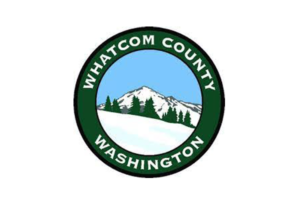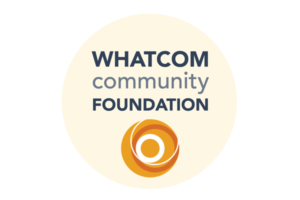A Food System Plan, as defined by the American Planning Association, is
“a set of interconnected, forward-thinking activities that strengthen a community and regional food system through the creation and implementation of plans and policies.”
The overall goal is to improve the well-being of people and their communities by building more sustainable, just, equitable, self-reliant, and resilient food systems.
Ongoing trends of aging farmers, supply chain problems, climate change, and large-scale agriculture are putting food access, jobs and local economies, and the environment at risk. Unfortunately, these challenges have been exacerbated by the global pandemic.
Food system planning is the process of assessing local and regional production, processing, distribution, consumption, and waste management to create a roadmap that addresses the aforementioned challenges through multiple community goals. While creating a food plan relies on leadership from the local government, its success depends on buy-in from multiple stakeholders throughout the community committed to carrying out the plan’s mission.
Food System Planning Best Practices:
A Food System Plan, or Food System Master Plan as it is sometimes called, often articulates all or a combination of the following goals, as provided by the American Planning Association:
-
- Preserve existing and support new opportunities for local, regional, urban and rural agriculture.
- Promote sustainable agriculture and food production practices.
- Support local and regional value chains and related infrastructure involved in the processing, packaging, and distribution of food.
- Facilitate community food security, especially among vulnerable populations.
- Support and promote good nutrition and health.
- Facilitate the reduction of solid food-related waste and develop a reuse, recover, recycling and disposal system for food waste and related packaging.
A strategic planning process will identify the actions (i.e. policy changes or programs) needed to achieve those goals with maximum efficiency and impact. These policies provide direction on how to address opportunities and challenges faced by the community’s food system. Examples of public policies that address food systems include:
-
- Laws and ordinances that regulate different parts of the food system (i.e. ordinances allowing backyard chickens or roadside produce stands).
- Public education programs (i.e. supporting partner organizations’ nutrition programs with city and county funding).
- Financial investments, through grants and tax incentives, to support different parts of the food system (i.e. a small business startup grant program for food system entrepreneurs).
Food system plans can be created by either local governments or food policy councils made up of different stakeholders including farmers, business owners, government officials, healthcare representatives, and other community members. Plans created by local governments almost always are intended for formal adoption, whereas plans created by food policy councils may not be.
Whether or not it is adopted, the food system plan serves as the strategic framework that outlines the policies and programs that will build a more resilient local food system. The advantage of formal adoption is that the plan also serves as official guiding documents for local government investment and policy change, making it much more likely that those activities will be accomplished.
Effective food system planning includes:
-
- A clear vision and mission
- Input from the community
- Both short and long-term goals
- Identifies resources (time, money, staff, etc.) needed to achieve goals
- Outlines how success will be measured
- Plans for flexibility in response to changing food systems and political environments
Finally, the plan should outline who oversees its implementation and the roles of stakeholders. Once the plan is complete, it needs to be clearly communicated so that all stakeholders can work together toward the intended goals.
New Venture Advisors has had the privilege of working alongside food policy councils and other good food visionaries who are actively improving their regional food systems. Learn more about our experience here.



